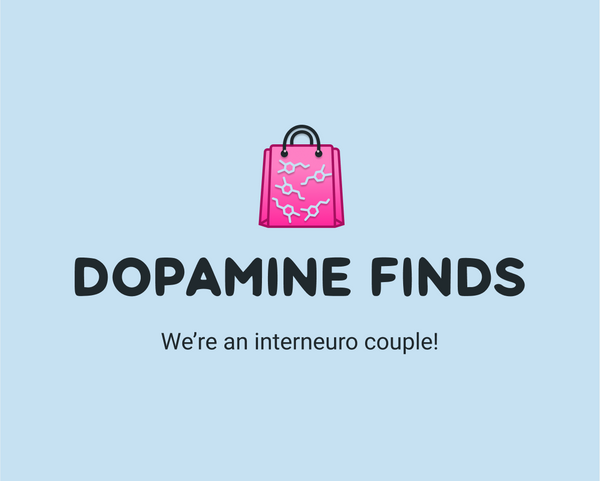Autism in Women: Understanding the Underdiagnosis and Recognizing the Signs
Introduction
Autism Spectrum Disorder (ASD) is often underdiagnosed in women and girls, owing to a variety of factors including societal norms, gender stereotypes, and differences in symptom presentation. This underdiagnosis can lead to challenges in accessing support and understanding. This blog post aims to shed light on this issue, offering resources for parents, women, and healthcare professionals, and outlining signs to watch for in girls and women of all ages.
- Recognizing Autism in Young Girls
- Signs of autism in young girls can differ from those typically seen in boys. Parents should look for subtler social challenges, like difficulty in making friends, intense interests that may appear more 'socially acceptable' compared to boys, and sensory sensitivities. The book "Aspergirls: Empowering Females with Asperger Syndrome" by Rudy Simone is a valuable resource for understanding these nuances.
- Resources for Parents
- The Autism Science Foundation offers information tailored towards understanding autism in girls, including early signs and diagnostic challenges. Their resources can help parents advocate for their daughters and seek appropriate evaluations.
- Diagnostic Services for Women and Girls
- For those seeking a diagnosis, it's crucial to find professionals experienced in identifying autism in females. The Autism Research Institute provides a directory of professionals familiar with the subtleties of autism presentation in females. Also check out our self assessment article for a new diagnostic test for women here.
- Online Support Communities
- Platforms like Spectrum Women and Autism Women’s Network offer community support, personal stories, and resources specifically for autistic women and girls.
- Understanding Autism in Adult Women
- Many women discover they are autistic later in life. Recognizing signs like social exhaustion, camouflaging or masking behaviors, and sensory sensitivities can be crucial. The book "Women and Girls with Autism Spectrum Disorder" by Sarah Hendrickx provides insight into the experiences of autistic women.
- Educational Resources for Professionals
- For healthcare and educational professionals, understanding the presentation of autism in females is key to reducing underdiagnosis. Websites like the National Autistic Society offer professional training and resources focusing on this aspect.
Conclusion
Awareness and understanding of how autism presents in women and girls are crucial in reducing underdiagnosis and ensuring timely support. By recognizing the signs and advocating for proper assessment and resources, parents, individuals, and professionals can help bridge the gap in autism diagnosis and support for females.

